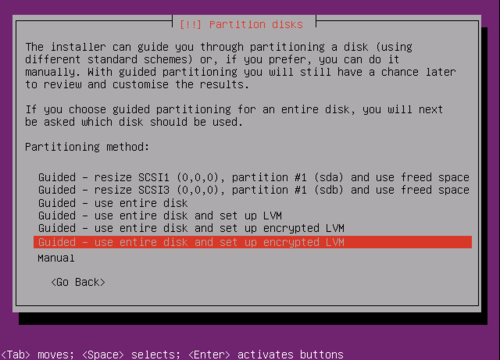Giving eOS Luna Beta 1 a test drive
Now that eOS Luna Beta 1 was released, I decided to switch to it completely. Awhile ago I gave some nightly builds a try, I liked what I saw, but it had too many rough edges for me at that time and I switched back to Debian. How long will it last this time? We’ll see.
Installation
Machine: ASUS EeePC 1015PN
Process itself was very smooth, I was able to browse the web during it, really nicely done. I missed couple of settings, though I do get, that these are mainly Ubuntu limitations and since eOS is based upon it… Well, what can I say? (:
Rough edges
Talking about rough edges is something different, than while I was testing nightly builds. At that time, some applications were just unstable etc. etc. Now, only rough edges I can see is focus on more powerful users. There’s lack of alternate installer (I’d call it debian-alike-installer), which means, that you can’t install eOS on LVM by default. This, in my opinion, is really nasty, especially when you want to encrypt whole disk (excluding /boot, of course), not to mention desktop users, who have more than one disk etc. Sure, I can’t see the point to use eOS on server, but still, LVM is just so common these days, that not supporting it is just… Wrong. There’s solution to this, just install minimal Ubuntu 12.04 from netinstall CD, configure LVM the way you want to, and use eOS repositories to populate elementary DE afterwards. But, wouldn’t it be a lot easier, to just have that option in eOS installer?

Sure, there are some smaller things too. I’m really missing little tool to view images – I don’t really need Shotwell, cause I’ve collection of my photos already the way I want, just need something fast to view them. I do however understand the logic standing behind it – why would you need two applications to do the same job?
Another small one is Pantheon-Terminal, which is just too crippled for my needs. Absolutely no option to change anything, starting with colors, finishing on fonts (these can be changed, but you will need to do it in “wonderful” dconf-editor instead of app option dialog window). Double click on words/paths doesn’t work like in any other terminal emulator and it’s just freaking me out. You know how it’s like to fight with your habits, right?
Wish I could see Maya (calendar) integrated with Google Calendar, something like online-accounts in GNOME (so you don’t have to select same options/accounts for each app separately) and much, much more stable Noise (music player). My music collection is not the biggest one (~70G), but it was able to pretty much kill the app.
Summing up
If you find GNOME 3 not customizable enough, try elementary OS and think again. I can only guess, that Linus Torvalds would be even more amazed how much crippled DE you can find in Linux distribution. There’s actually nothing (except wallpaper and icons size in the dock) you can customize in Luna. Whatever suits you however (I find it both good and bad at the same time), but if you are customization freak, Luna is not for you. That being said, I have to admit, that Luna is basically the most compelling visual experience any Linux distribution can offer you at current date. The ideas standing behind eOS as a whole are great too. I also really enjoy the fact, that elementary aims to be much more, than yet another Ubuntu’s fork. Development of their own applications seems to be going into very good direction, I love HID and the fact, that all of the default applications are following it.

Personal thoughts
Once I read comment stating, that eOS is the only Linux distribution, that you can put screenshot of with default settings and call it beautiful. I need to agree with that. Not everybody will like it though, it’s just a matter of taste. I had some struggles with graphic drivers, but I have them all the time, no matter which distro I’m using. Underneath lovely DE however, there’s still powerful Linux there and I was able to use my “hackish” workaround to use Intel graphics only (cause I really don’t like, when my netbook is unnecessarily heating up).
There’s one more thing though I can’t really promise anything, as it’s the first time I’m writing about it. Still, the thought itself might be not bad to share, cause maybe I will find others to help with it. Pantheon is quite independent from Ubuntu itself and it should be possible to port it… No, not port it – to make it compatible with Debian. By saying making it compatible, I mean preparing packages in such manner, that all Pantheon components from official eOS PPAs would be installable on pure Debian (let’s say testing/unstable) machine. Can you imagine this combination? I even have a name for this project: rolling eOS Debian power user flavor. Although, it might not exactly follow the eOS HID, still, it’s describing exactly what it could be (:


Discussion